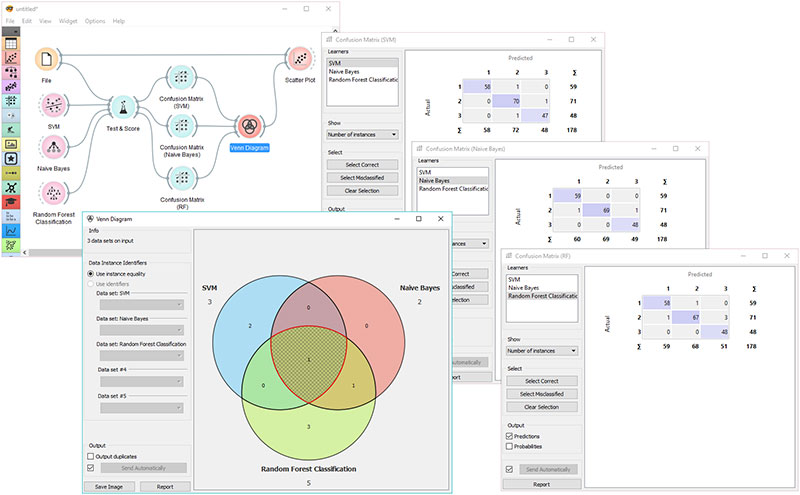Blitz News Digest
Stay updated with the latest trends and insights.
Visualize This: Turning Numbers into Art
Transform your data into stunning visuals! Discover how to turn numbers into captivating art that tells a powerful story.
Transforming Data into Stunning Visualizations: A Step-by-Step Guide
Data visualization is a critical skill in today's data-driven world, transforming complex datasets into stunning visualizations that convey insights quickly and effectively. To begin, start by identifying the key messages your data holds. This could be trends, comparisons, or distributions. Once you have a clear understanding, gather your data using reliable sources and clean it to ensure accuracy. This preparatory step is crucial as it sets the foundation for creating visuals that truly reflect your data.
Next, choose the right type of visualization based on the data and the insights you want to highlight. For instance, use bar charts for comparisons, line graphs for trends over time, and pie charts for proportional data. After selecting your visualization type, utilize tools like Tableau, Power BI, or Google Data Studio to create your graphics. Remember to keep your visuals simple and uncluttered, incorporating color palettes and font choices that enhance readability. Lastly, regularly test your visualizations with potential users to gather feedback and make necessary adjustments, ensuring they effectively communicate the intended message.

The Art of Data: How to Create Eye-Catching Graphs and Charts
The art of data visualization involves transforming raw numbers into comprehensible visuals that tell a story. To create eye-catching graphs and charts, you first need to understand your audience and their specific needs. Start by choosing the right type of chart for your data; bar charts are great for comparisons, while line charts excel at showing trends over time. Utilize colors wisely to draw attention to key points, and always maintain a balance between aesthetics and clarity, ensuring that viewers can easily interpret the information presented.
Once you have selected the appropriate chart type, focus on organizing your data effectively. Consider using annotations or callouts to highlight significant data points or trends, providing context that enhances understanding. Keep your design clean and free of clutter; too much information can overwhelm and confuse the viewer. By applying these techniques, you can master the art of data visualization and create compelling graphs and charts that communicate your insights effectively.
Why Visualizing Numbers Matters: Uncovering Insights Through Art
In today's data-driven world, visualizing numbers has become an essential practice for uncovering insights fast and effectively. By transforming raw data into visual formats such as charts, graphs, and infographics, we can grasp complex information at a glance. This method allows us to identify patterns, trends, and outliers that may go unnoticed in spreadsheets filled with figures. As artists and designers approach data visualization with creativity, they infuse aesthetics into numbers, making them more accessible and engaging for audiences. This blend of art and analytics not only helps in better comprehension but also promotes critical thinking about the implications of the data.
Moreover, effective number visualization plays a crucial role in communication. It enables stakeholders to communicate findings succinctly and persuasively. When presenting data-driven conclusions, visuals can evoke emotional responses that provoke deeper understanding and retention, in contrast to mere text or numerical formats. For instance, using color-coded graphs can evoke a sense of urgency or importance about certain data points. Overall, by harnessing the power of visual storytelling, we can make informed decisions based on insights derived from our numeric data, leading to more impactful outcomes in various fields.